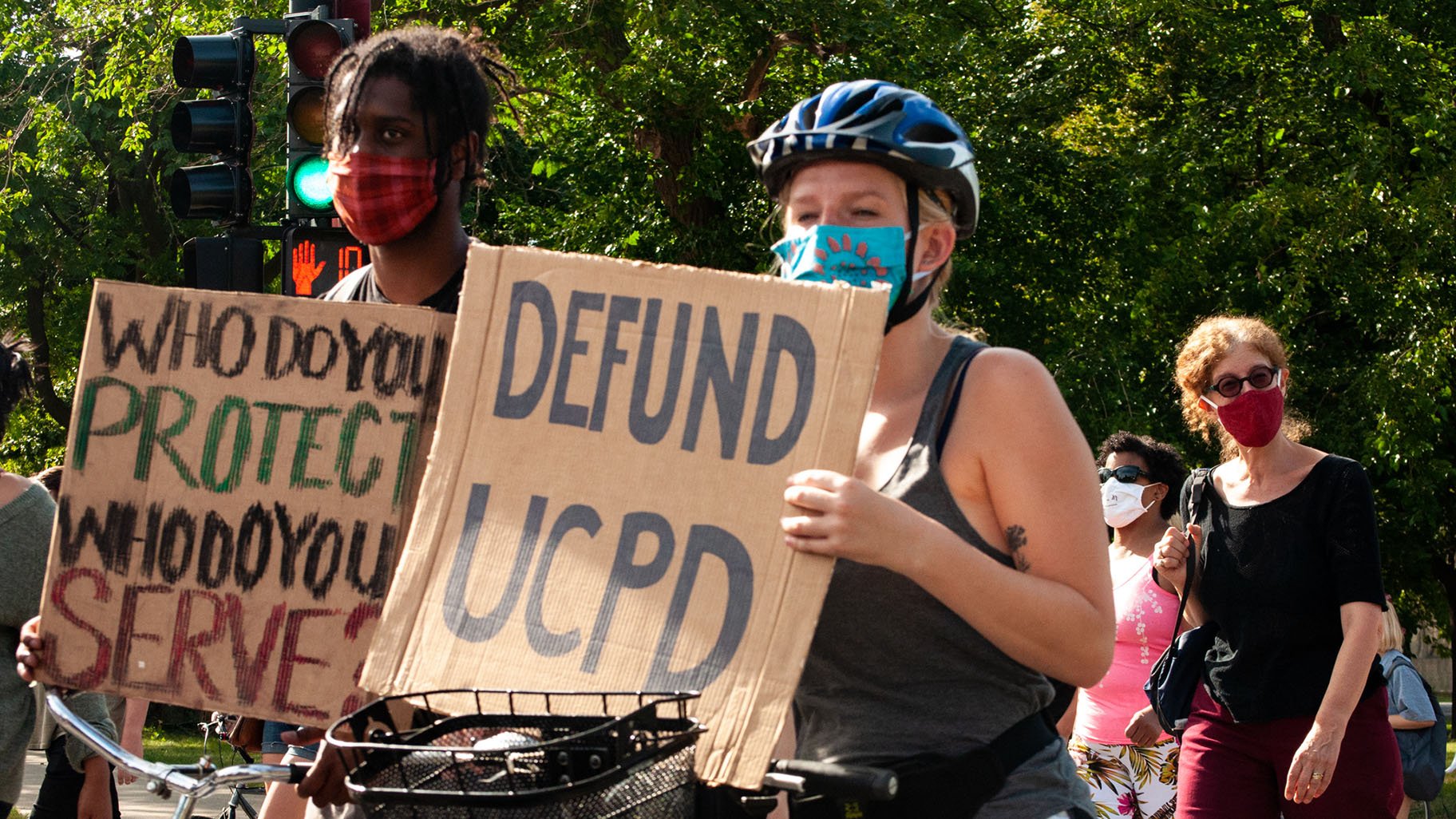
In a year filled with twists and turns from COVID-19, the presidential election and the racial reckoning following the death of George Floyd, news outlets are more important than ever in helping the public understand what is often a maelstrom of information.
Sometimes those news sources are criticized for leaning left or right — viewed as ideological propaganda machines. So what differentiates the work of advocacy journalists, whose reporting begins with non-objective viewpoints, from biased reporting and misinformation?
Thanks to our sponsors:
Justin Agrelo, civic reporting fellow for City Bureau, says that his publication doesn’t explicitly label its work as advocacy journalism. “I … don’t feel like we advocate for folks so much as allow them to collaborate with communities who are already doing that advocacy work themselves. Our goal really is to tell impactful, contextual and people-centered stories in collaboration with communities on South and West sides.”
But, Agrelo says, there is a goal inherent in their work. “Part of our approach at City Bureau is not only informing people that an unjust system or institution exists, but it’s also creating media that helps the people most impacted by those unjust systems to better navigate them,” he said. “That’s not to say we don’t do typical news stories or that communities on the South and West Sides know everything that is happening on the South and West sides. There are still issues that folks just need to be aware of. But that can’t be the only type of news people get.”
Jackie Serrato, editor-in-chief of South Side Weekly, says that from her publication’s perspective, advocacy journalism is simply journalism – and in practice, that means all sources and authorities are subject to fact-checking.
“We don’t take police statements at face value, or really, any information that is coming from a figure of authority. We make sure that we always have the community perspective and the input of disenfranchised communities that make up part of our readership,” said Serrato.
But, Serrato says, objectivity in reporting is a false ideal.
“At South Side Weekly, we’ve gotten rid of the notion of objectivity, which we understand as it being primarily White, male and Western perspective,” she said. “There’s nothing wrong with that point of view, but it’s not a point of view that we place on a pedestal or that we model ourselves after. We are focused on the South Side of Chicago, which is made up of Black and Brown residents, immigrants and other working-class folks, and so we keep our readership in mind when we are writing these stories. We’re not keeping shareholders or sponsors or other interests in mind.”
Injustice Watch reporter Carlos Ballesteros says that for him, dispensing with ideas of a just and equitable society is necessary to accurate and fully realized reporting.
“I think it’s silly to pretend that the world we live in is equally good to all people,” Ballesteros said. “I think that it is a fact that Black people, immigrants, working-class people, women, queer folk are all subject to pretend otherwise is silly and inaccurate. Knowing that these things are true informs our reporting. It informs what we should want to cover and how we want to cover it, and what voices we want to include in those stories.”
Agrelo points to Injustice Watch’s judicial voting guide as an example of a publication providing information that is otherwise difficult or inconvenient for readers to obtain to serve a public good.
“I think Injustice Watch’s judges guide is a perfect example … of giving the electorate what they need,” Agrelo said.
On the subject of the judicial voting guide, Ballesteros says that the guide is intended to be nonpartisan, but it does include the information they believe is relevant to voters.
“We did decide to highlight certain aspects of judges and their careers and some of the controversies that have arisen from their careers,” Ballesteros said. “I think our interest was to give the electorate all the information that we could so that people could make as informed a decision as they possibly could.”
Serrato says that the journalists whose work appears in South Side Weekly bring their lived experience to their reporting, which gives a robust breadth of understanding about the issues that her readership faces.
“We value the point of view and the lived experiences of everyone in our beat, and those lived experiences matter. One thing is to write about an issue, but to write about and live through that issue, I think is extra powerful,” Serrato said.
Thanks to our sponsors:
Thanks to our sponsors:
"can" - Google News
November 22, 2020 at 06:35AM
https://ift.tt/3nLhBeh
How Advocacy Journalism Can Help Communities - WTTW News
"can" - Google News
https://ift.tt/2NE2i6G
https://ift.tt/3d3vX4n
Bagikan Berita Ini














0 Response to "How Advocacy Journalism Can Help Communities - WTTW News"
Post a Comment